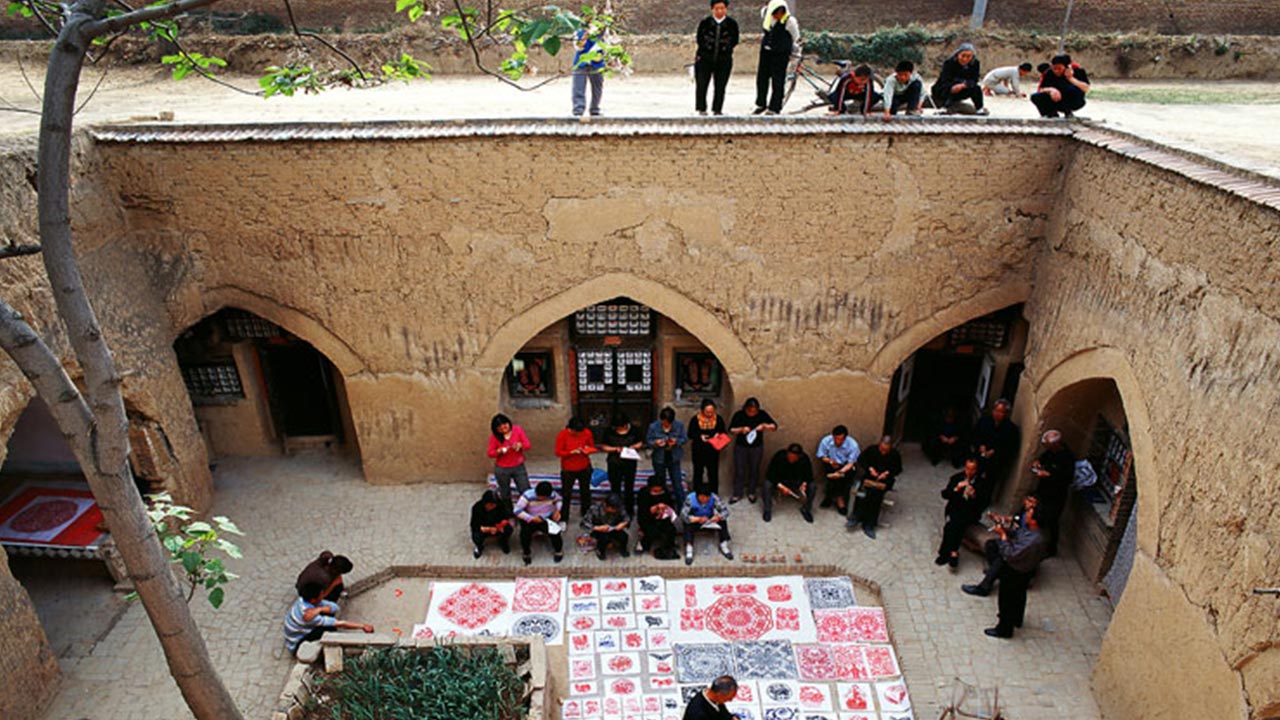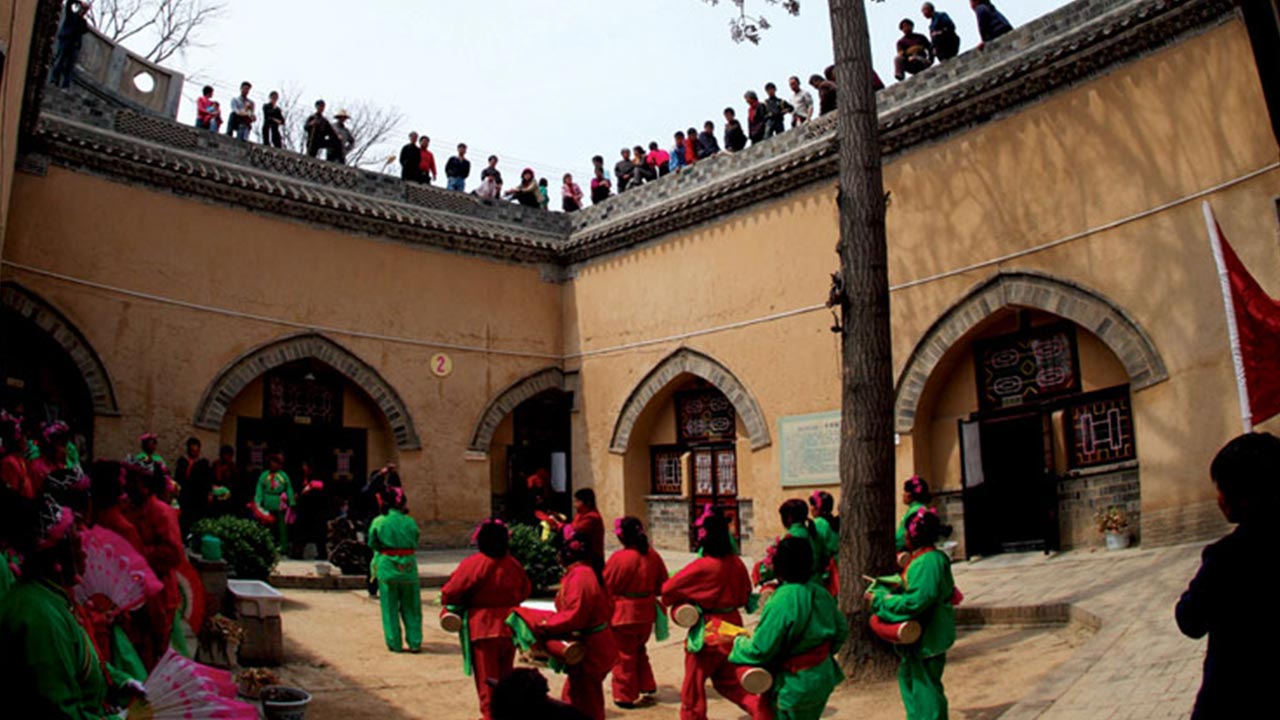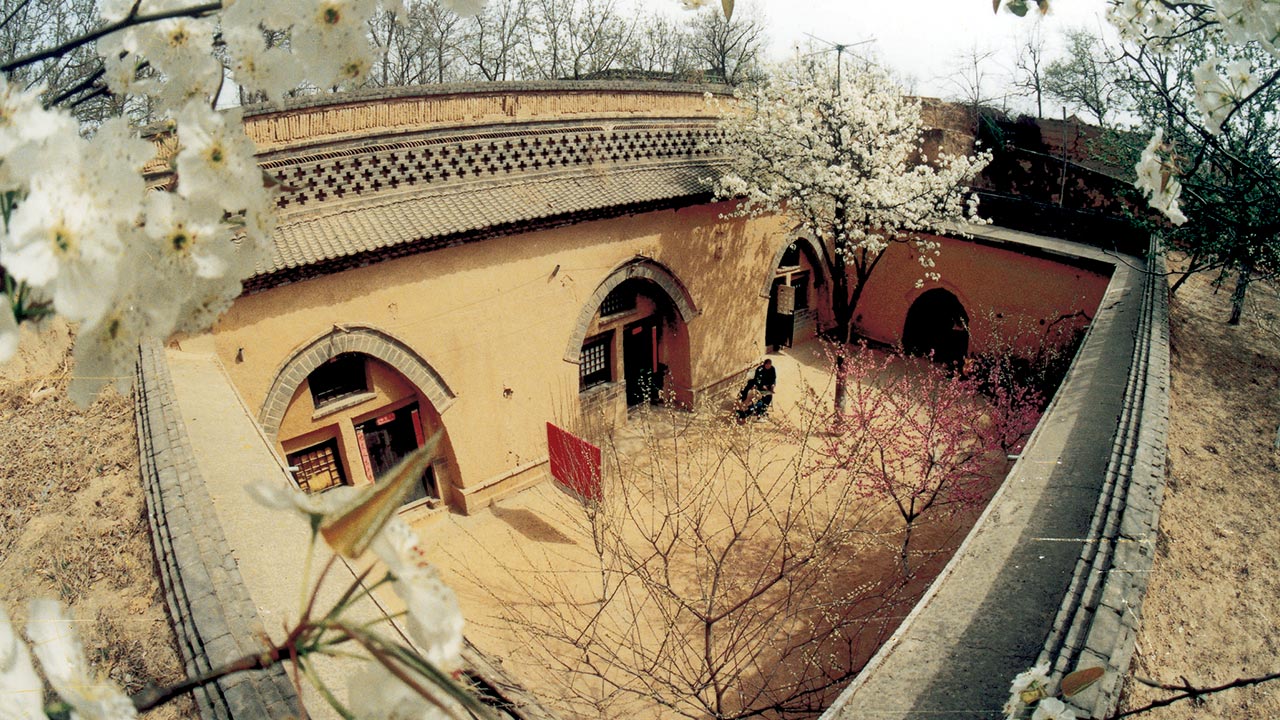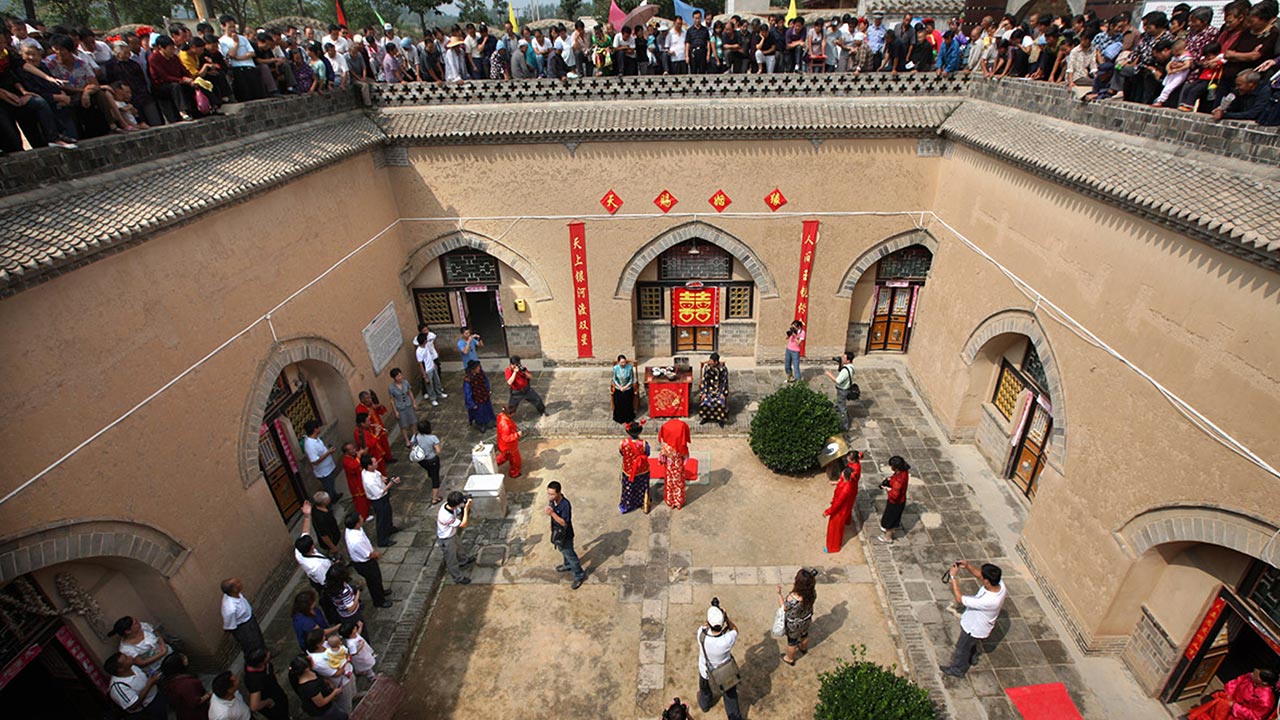Information
Underground Living in Henan
Release time:2016-5-9 14:55 |
Views: 624 | Publisher: IICC |
Summary: While most crave homes of steel and concrete that reach skywards or sprawl across generous gardens, some residents in Henan prefer homes that reach deep below ground, chiselled from rock.Cave dwelling ...
While most crave homes of steel and concrete that reach skywards or sprawl across generous gardens, some residents in Henan prefer homes that reach deep below ground, chiselled from rock.
Cave dwellings, also known as Tian Jin Yao Yuan, or Yaodong , is a unique feature in Henan since they are the only ones used as homes. The city of Sanmenxia in Henan has the largest collection of cave homes which were developed as a result of local geography. The cave homes are usually in clusters and are hidden from the view of the casual passer-by who may notice some bushes – which are in fact tree tops – or catch snatches of conversation of people who seem to be hidden.
There are some 100 cave home clusters in Sanmenxia that’s lies in the west of Henan province in an area covered with mountain terrain. The oldest such home is some 200 years old and has housed six generations of the same family. Protected as part of Henan’s Cultural Heritage in 2005, the cave home villages often welcome visitors curious at the unique way of life. The traditional cave home is square-shaped with an arch on the facade, to symbolize the circle of heaven. Aesthetics aside, the large arched doorways and windows also make such homes cosy as more sunlight gets to pour in.
Villagers these days open their cave homes to visitors who drop by for a casual visit. There’s also the chance to enjoy a home-cooked meal or folk performances in the village square. There are even some cave homes that have been turned into hotels for tourists to check in for short stays.
Most cave homes lie at least eight metres deep, with each cave home chiseled from rock caverns that will hold about a dozen homes. The homes may appear modestly sized, usually about three metres high and four metres wide, but they also run deep.
Living underground in literally rock-solid surroundings, has its benefits. Apart from being sturdy, these homes are warm in winter, and cool in summer, with the temperature gauge usually staying between 10°C and 20°C. Being underground also means that these homes are spared the cutting winds and are generally sound-proofed.
Residents of the underground cave villages lead very normal lives in general, with stairs to get in and out. There’s also a central village square that the homes are built around, which provides for community gatherings and celebrations, as well as shared amenities like water wells as well as dry wells for drainage.
To prevent rain water from flowing into the cave homes as well as to prevent people from accidentally falling into the sunken village, a low wall at ground level, is usually built around the village.
Underground homes can be traced back to the 2nd millennium BC, where during China's Bronze Age, people began living in dwellings built within deep pits. The tradition continued right up to the Ming (1368-1644) and Qing (1644 -1912) dynasties where such homes reached a peak. The cave home building technique which has been listed as a National Intangible Cultural Heritage since 2010, is a beautiful reminder in the modern age, of how life once used to be.




